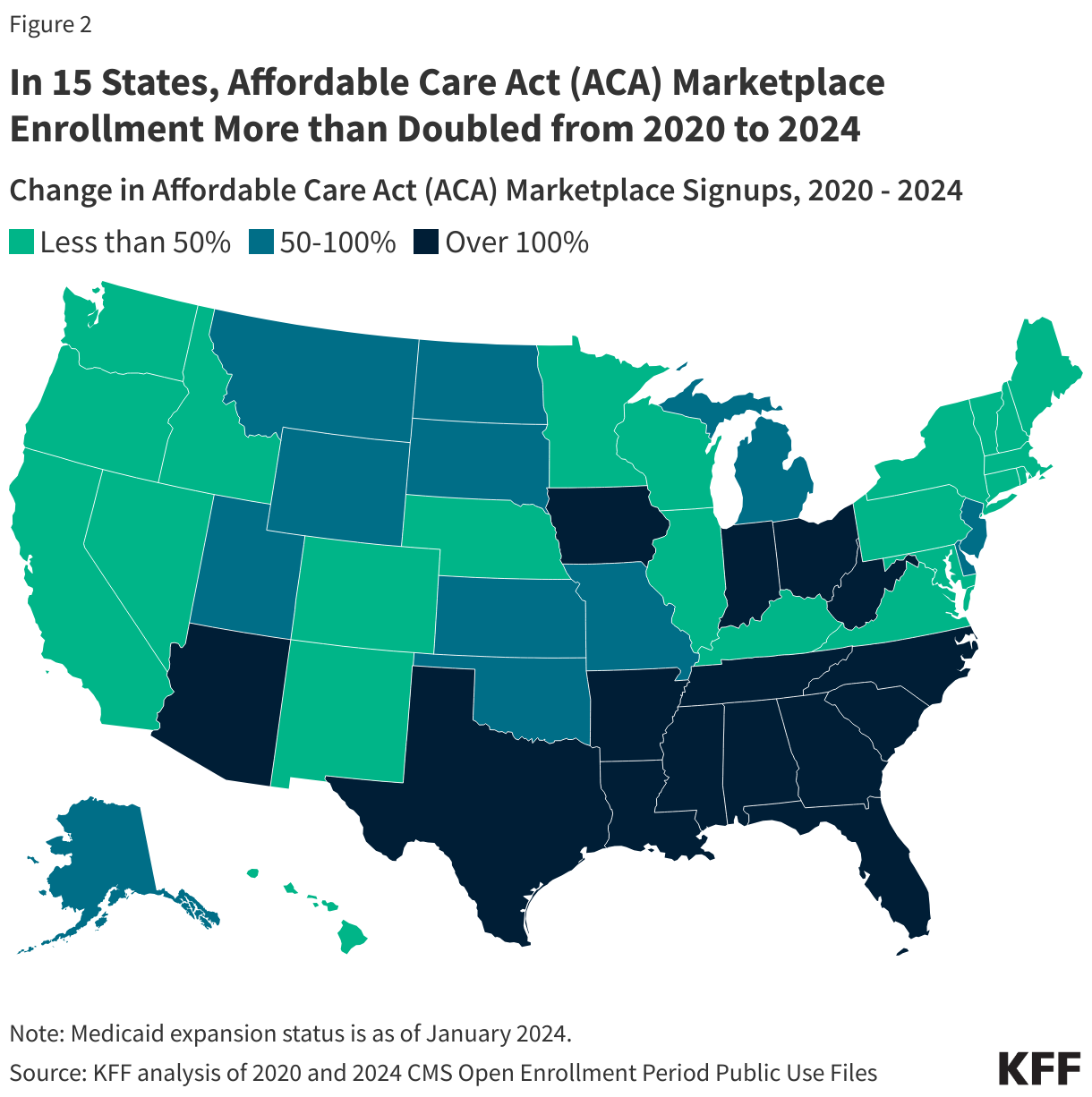A Brief Recap
Trust is a form of reliance; reliance is in turn a form of confidence. Trust means that each of two parties believe that one party is responsible to another for a particular outcome. Thus, we lose trust when one of three things happens:
Z no longer believes Y capable, motivated, or have the opportunity to perform A
Y no longer believes it is responsible to Z for A
A is longer the within the purview of Y
“[O]verly trusting an automated aid may lead … to misuse; lack of trust in a superior aid may lead to disuse.”1 Stated differently, if you trust something that is less reliable than you think, we call this “misuse”; if you fail to trust something that is more reliable than you think, we call this “disuse.”
I propose that we are in the latter paradigm - our government institutions are far more reliable than we think. But because we perceive lack of reliability, we do not use it (or actively want it to go away).
“Paradoxically, the spread of democratic systems has been concomitant with a decline in institutional trust …. [C]itizens tend to have less institutional trust in regions with larger power distances. This outcome indicates a need for policy makers to adopt more inclusive decision-making processes to increase civic engagement among citizens.”2
Be (and include) Public
Or, again stated differently … many of us are physically and metaphorically “far away” from our institutions. We may not even know we are dealing with a government institution. Famously, people love the “Healthcare Exchange” but hate “Obamacare” despite being different names for the same thing. The below map shows increase in Affordable Care Act Marketplaces from 2020-2024 (ahem: the Biden Administration).
What changed to increase trust in this institution? People used it. Recall: “lack of trust in a superior aid may lead to disuse.”
Why do cities and urban areas tend to have (more) trust in public institutions? A greater percentage of people in urban areas are reliant on public institutions and tend to be physically closer to those institutions.
One of my favorite “features” of Madison’s Metro Bus (a publicly provided institution): everyone says “thank you” when they get off at their stop. If you ride the public bus you hear “thank you” for a public institution dozens of times a day. It has it problems, but it is generally capable of getting people from point A to point B in an expected manner (even if you might need to change your expectations). Compare that with a person in a bedroom community (Evansville, Mount Horeb, Dane, etc.) who never rides the bus, doesn’t know anyone that rides a bus, and simply sees a line item for a service they never use and only ever sees negative headlines.3 They perceive lack of reliability that is far below its actual reliability (disuse).
We can increase trust by engaging more people in our institutions. We should have more citizen input, we should have more public engagement, we should put more citizens on public committees and boards. Citizens needs to believe that the institution is capable of performing the task.
Be Open/Transparent
But trust is not just about whether the institution is capable. The institution needs motivation to act in the public’s interest (as perceived by any given individual within the public), and that is has the opportunity to act.
Engaging the public is about proving the capability of the institution to perform. But transparency and openness is about communicating not just capability, but motivation and opportunity as well.
Motivation of the institution is important because someone needs to believe that the institution is acting in an interest that they care about. Often this is a person’s own interest, but it need not be. For most of my life (I’m almost 50), I care about Social Security not because I need it but because I will eventually need it and because my parents need it (or I have to support them myself). If I don’t see a need for it, I am unlikely to support or trust it.
Moreover, it’s easy to say what the motivation is, but transparency, showing the results, demonstrates motivation. We are far away from the exigencies that created the Social Security Administration; none of us alive today remember the abject poverty and abandonment of elders that was pervasive prior to this important social safety net.4 But, when we see that X dollars were spent on y millions of people over the age of 65, the motivation of supporting our elders today is underlined. By showing the financial investments being made by the Social Security Administration to ensure that the program will exist in the long-term, the motivation for continuing this important social safety net for myself and my kids is demonstrated.
Finally, transparency demonstrates the opportunity to perform. This is critical because many of us don’t engage with every public institution. I may never know the outcome of money spent by US AID. I may understand and believe its motivation, but if I don’t see that it is doing good work (even if I believe it capable), how can I trust that my money is being well spent? Openness and Transparency demonstrates both the opportunity to perform (US AID built schools in rural Iraq) and its connection to my own experience (a more stable US-friendly environment in that part of the Middle East which results in lower, more stable gas prices at the pump).
Conclusion
Trust in government institutions is increased when others feel that the institution is capable of providing the service, is motivated to provide the service for a reason I agree with, and has an opportunity to perform that service in a context that I value.
People are upset about DEI efforts because they don’t see how it is connected to their own experience (motivation and opportunity). People were upset about “Obamacare” because they didn’t see it as capable (see the history of its rollout, even if motivation and opportunity were well known); yet now it is trusted under a different name because it capably provides something directly relevant to lived experience (a job that doesn’t provide adequate health insurance).
Dzindolet, Peterson, Pomranky, Pierce, Beck, The role of trust in automation reliance, International Journal of Human-Computer Studies, Vol. 58, Iss. 6, pp 697-718 (2003)
Kaasa A, Andriani L. Determinants of institutional trust: the role of cultural context. Journal of Institutional Economics. 2022;18(1):45-65.
Madison Metro Redesign Highlights Equity Problems” - CapTimes (May 18, 2024)
Metro Transit Responds to Bed Bug Sightings on Buses” - WISC (Aug 15, 2024)
Students Voice Their Complaints About New BRT - Daily Cardinal (Oct. 16, 2024)
Madison Metro Reports Vandalism to Paratransit Equipment” - WMTV (Nov 19, 2024)
Madison Metro … Riders Question Efficiency of Station Heaters” - WKOW (Dec 2, 2024)
https://www.ssa.gov/history/briefhistory3.html (last visited, Feb. 10, 2025)




